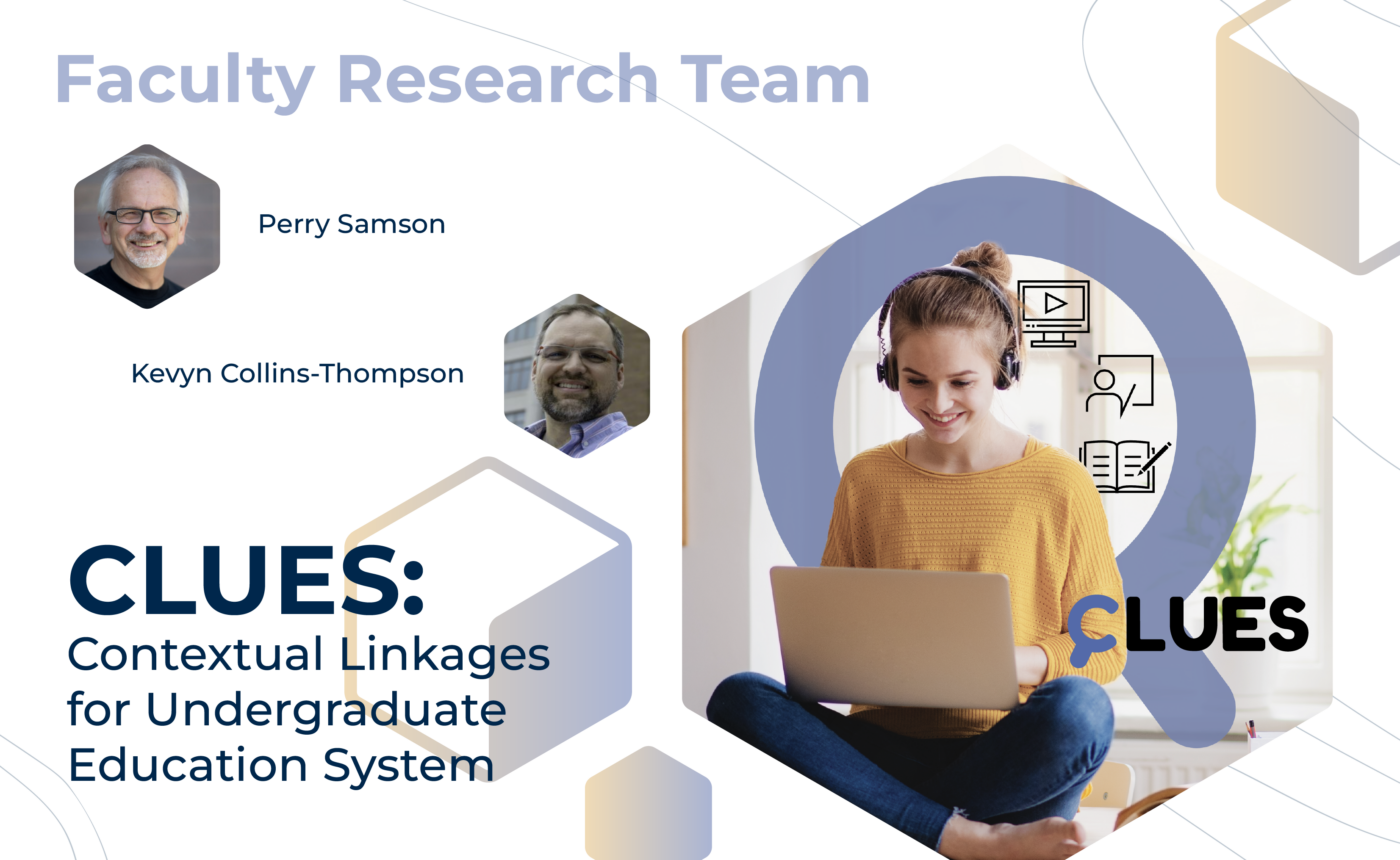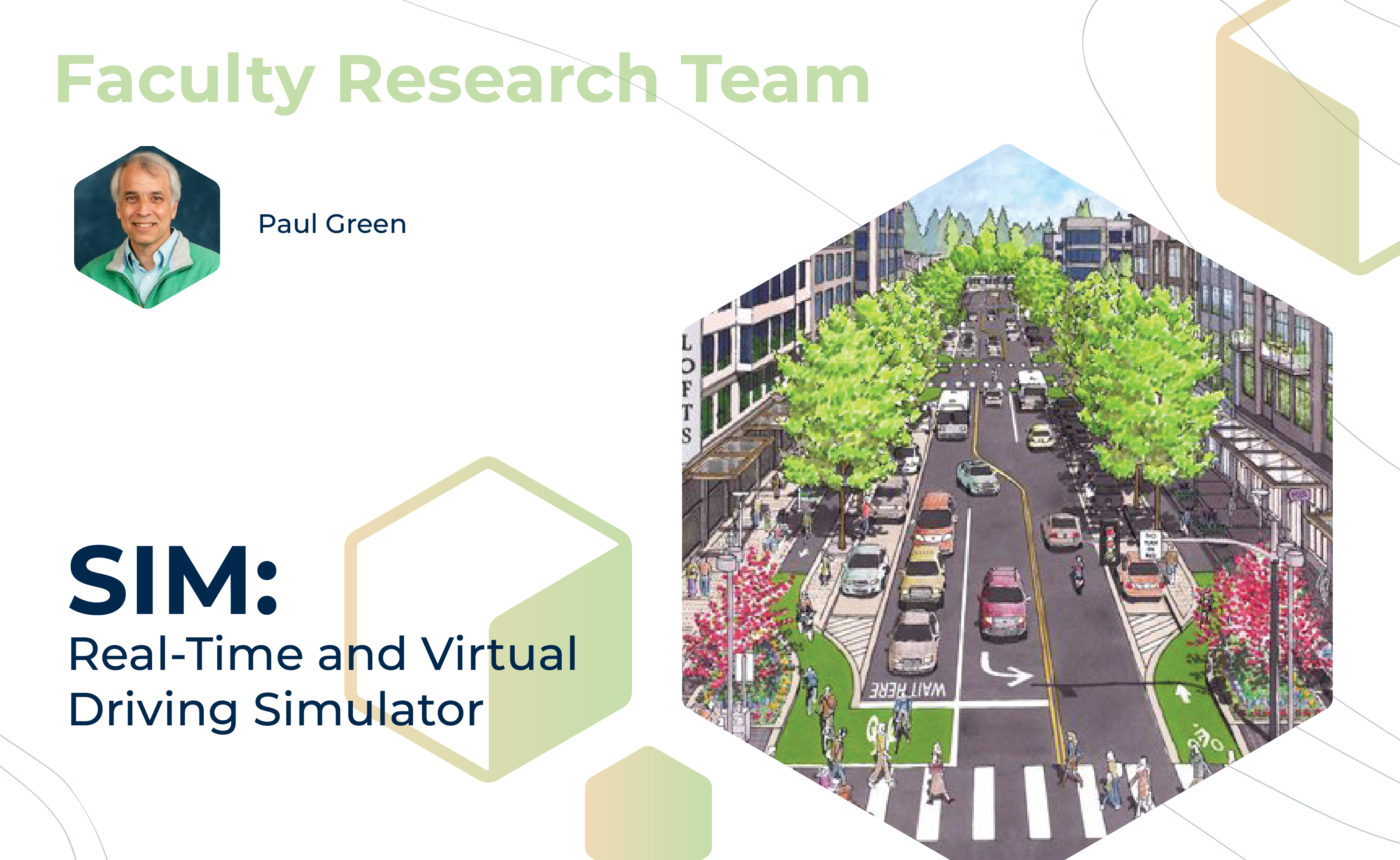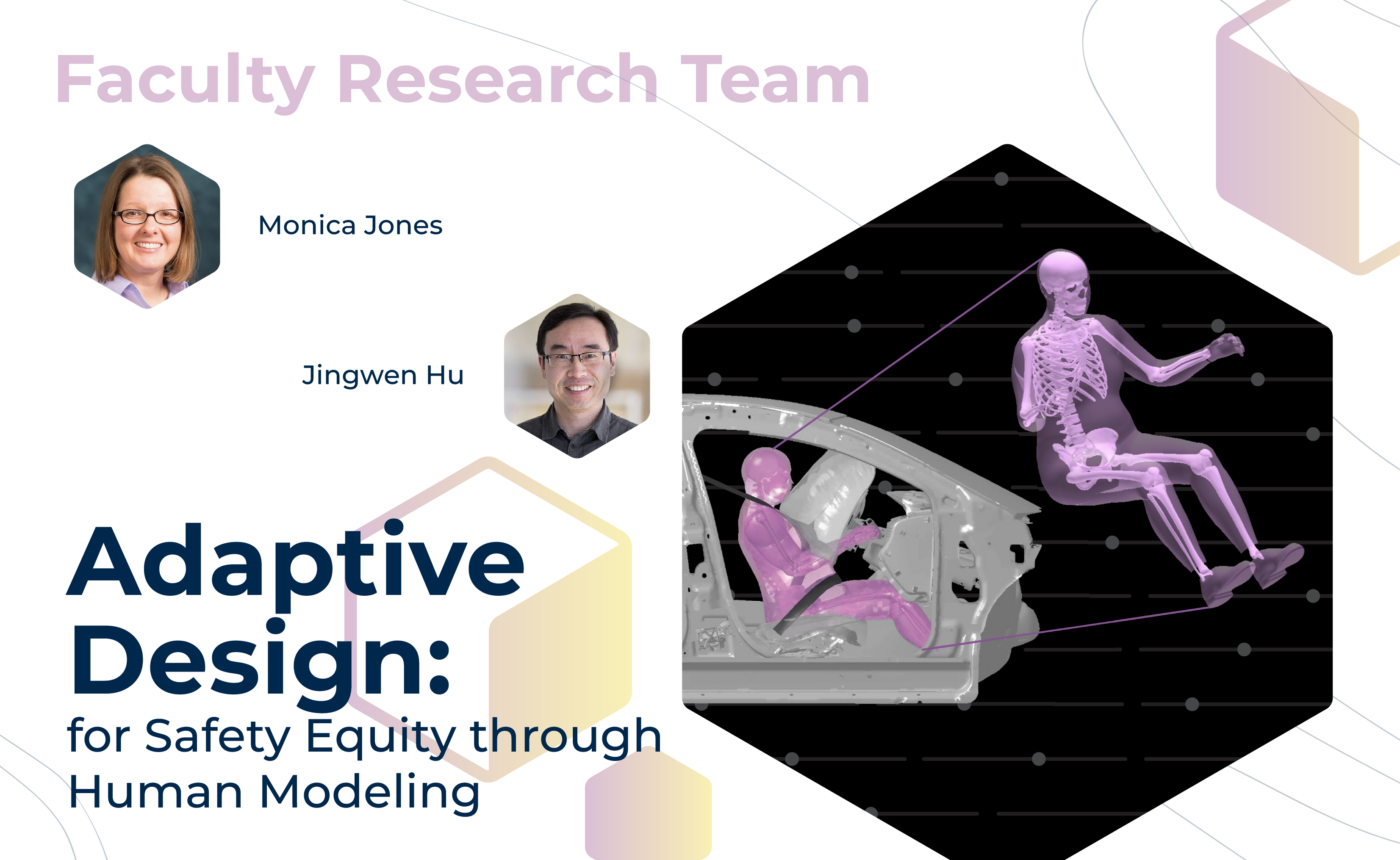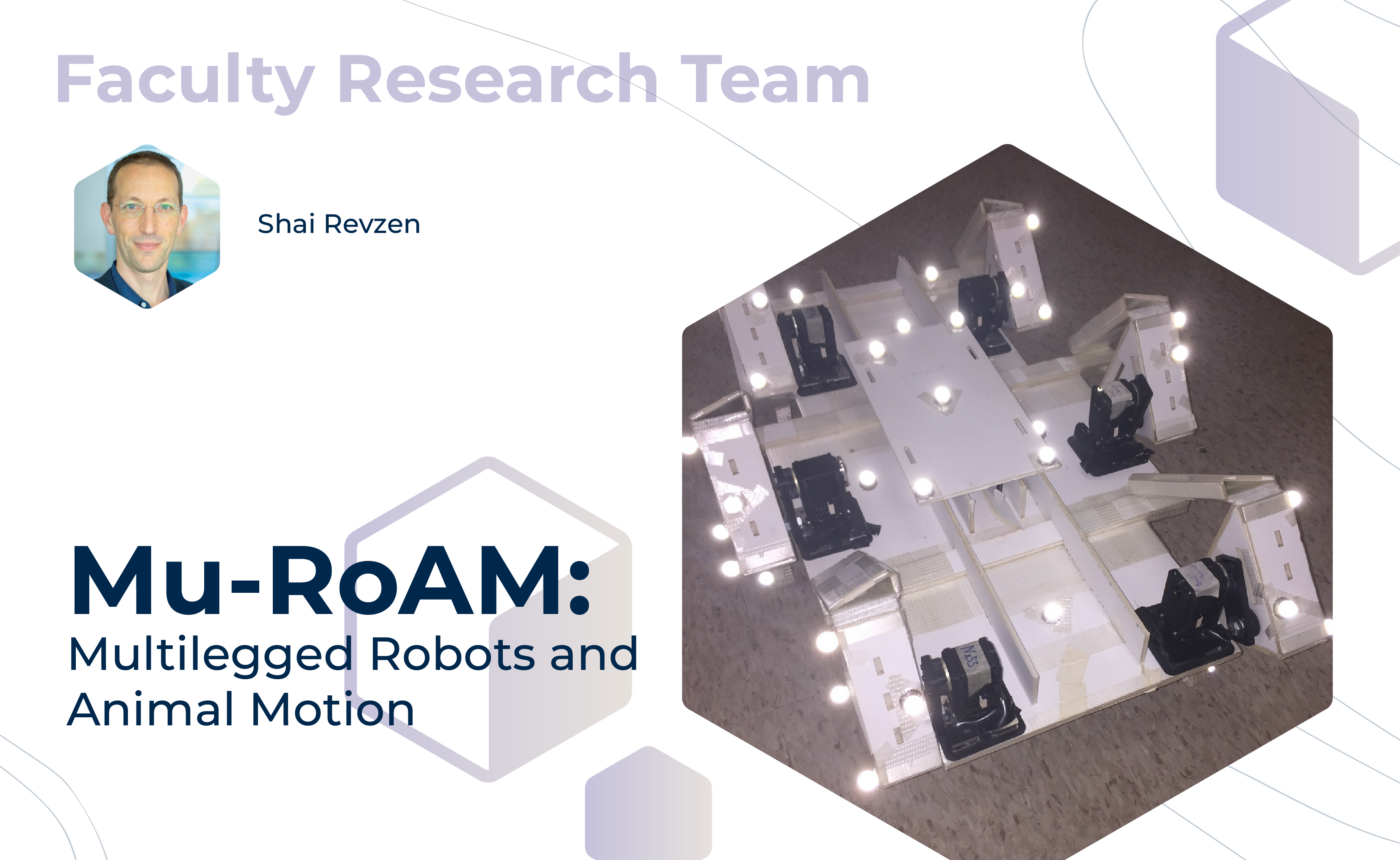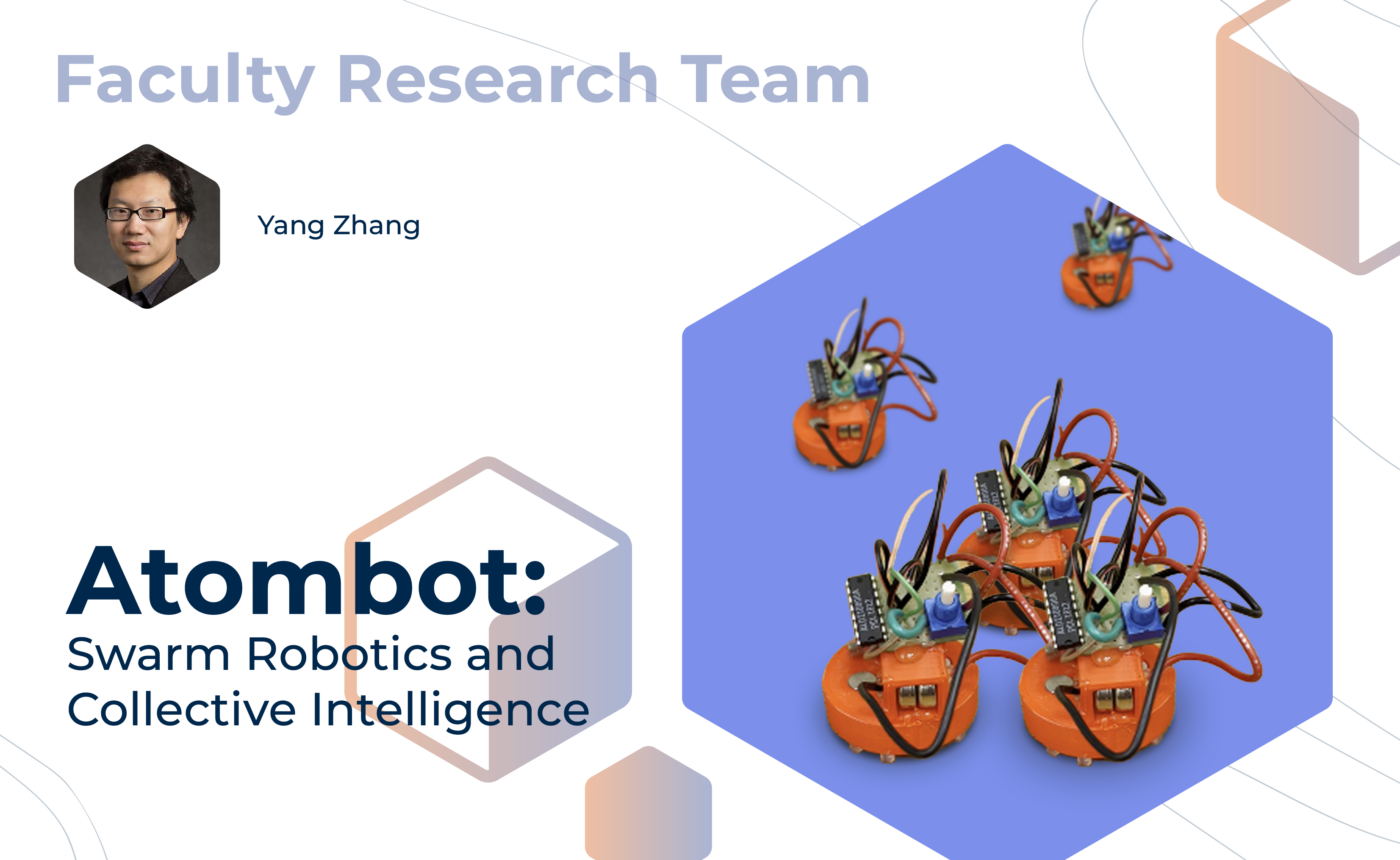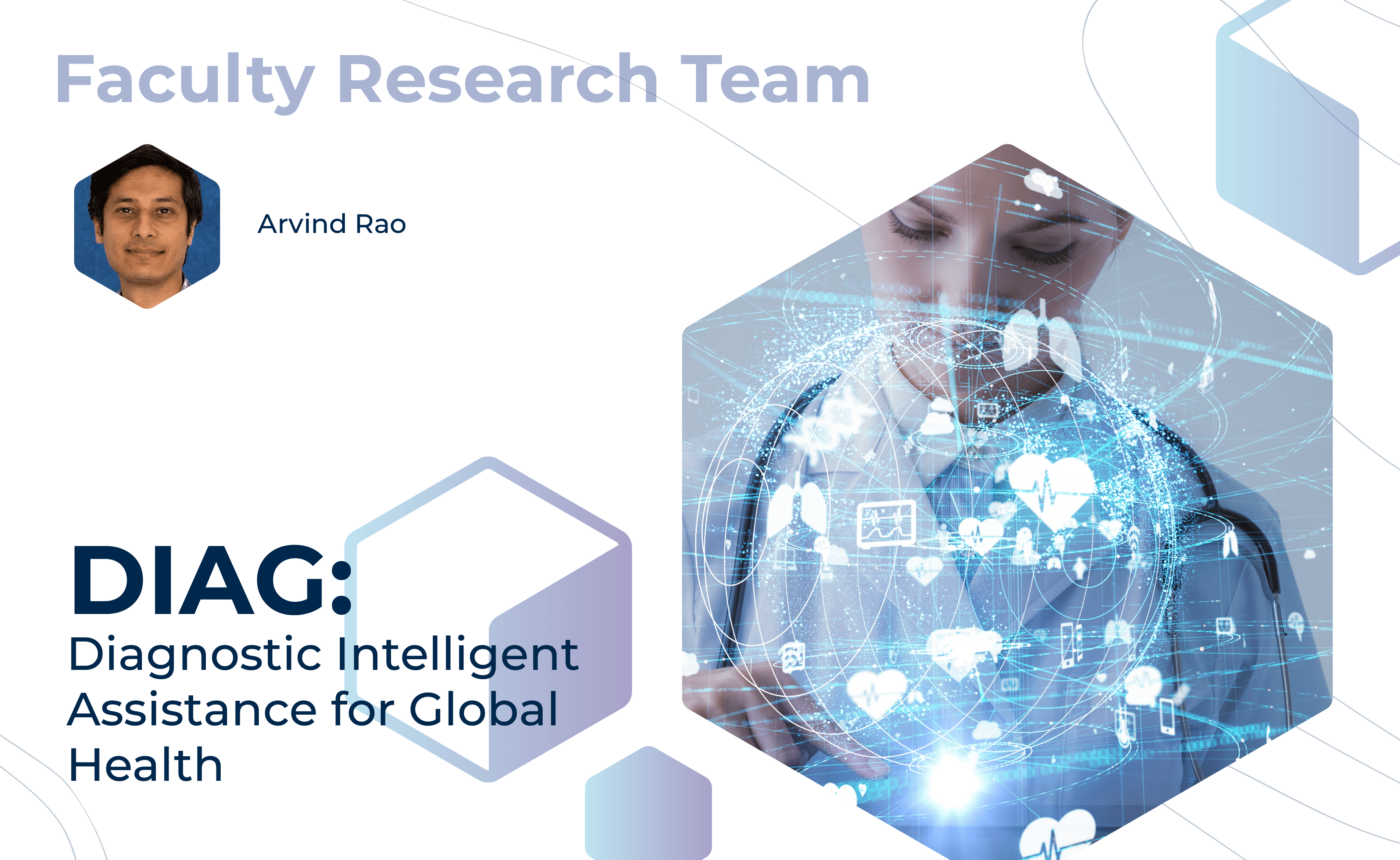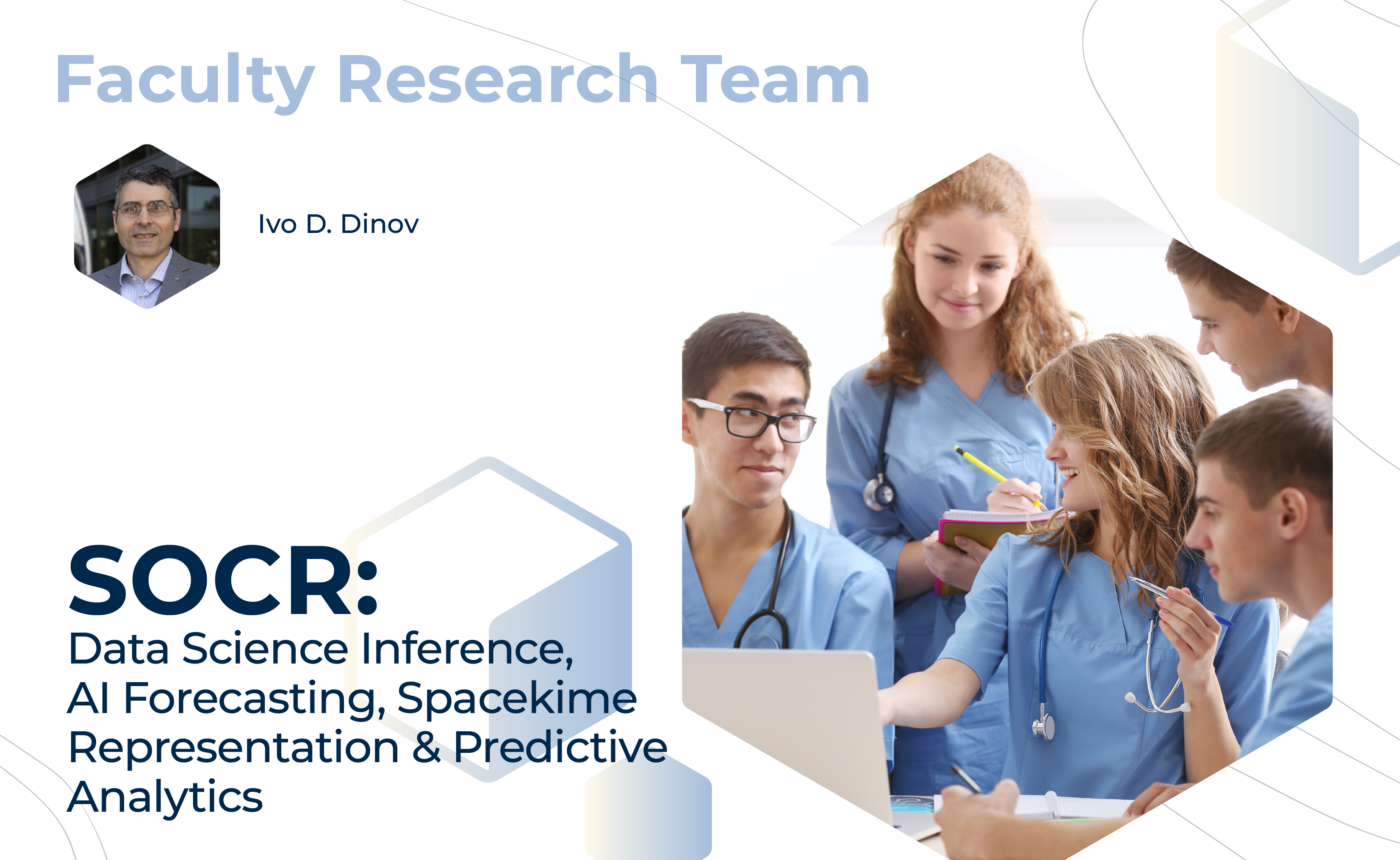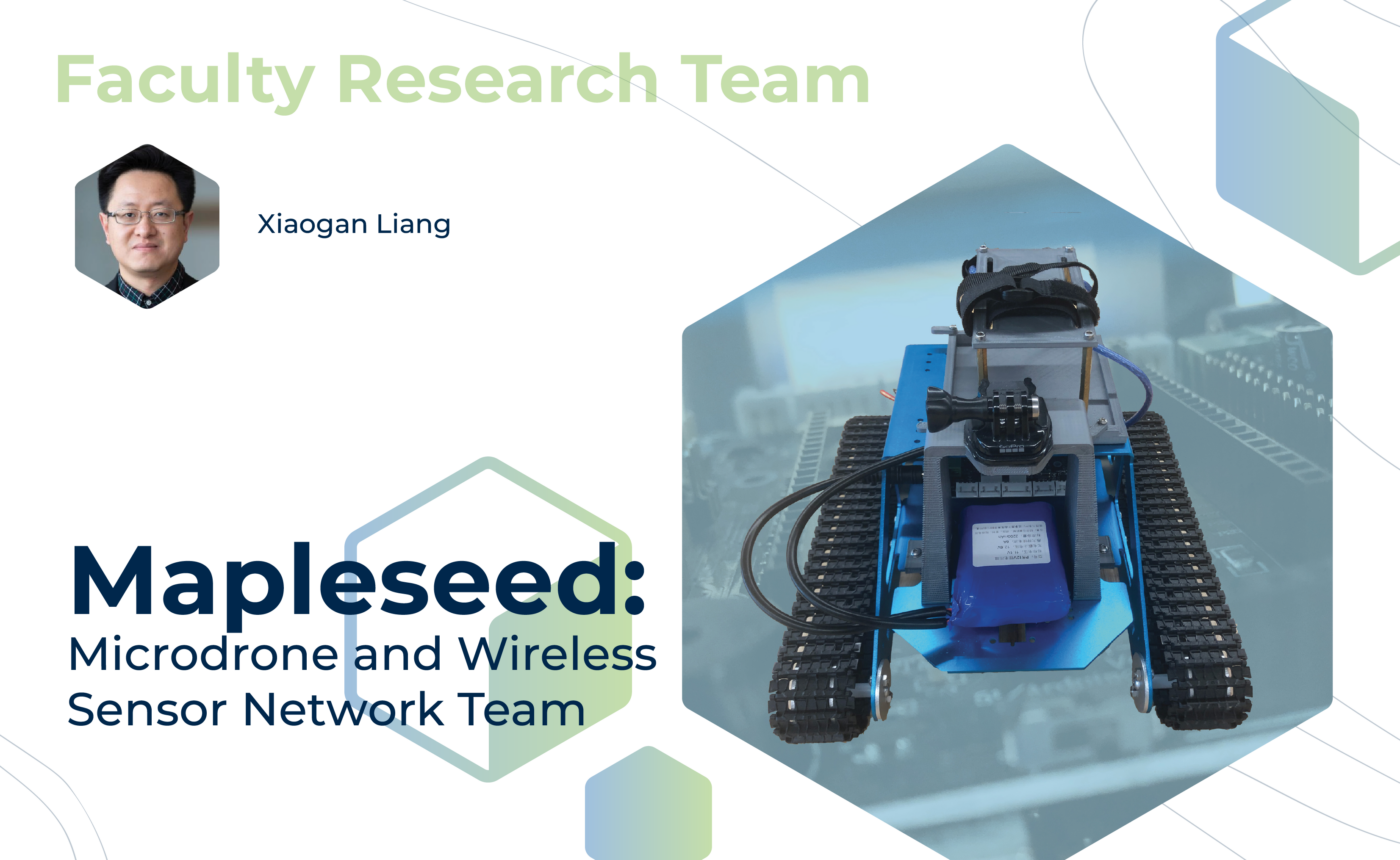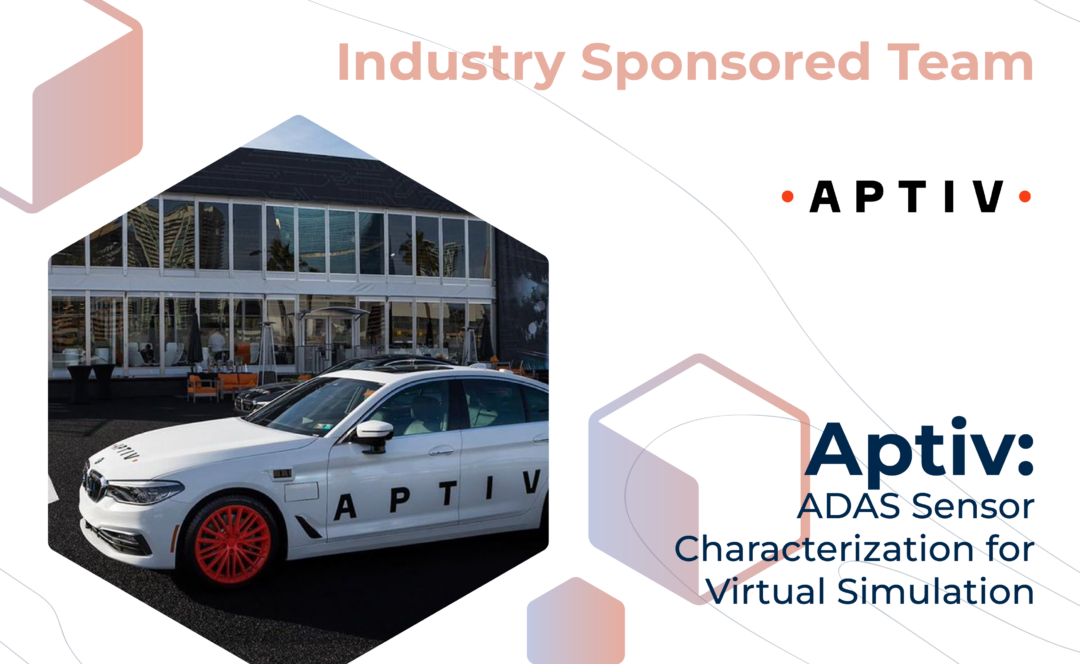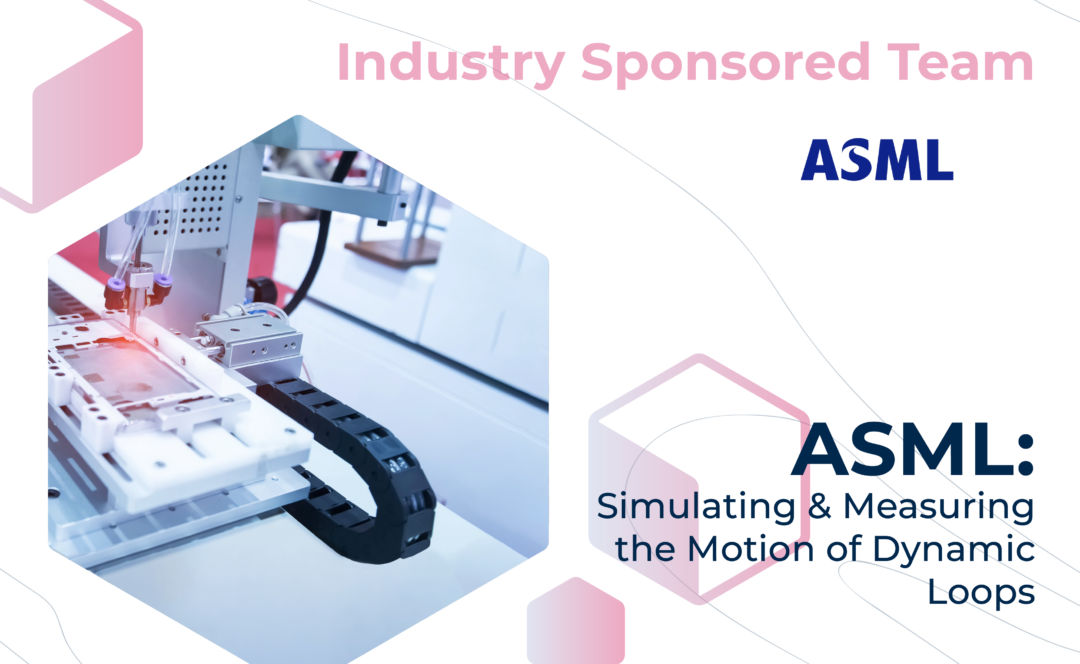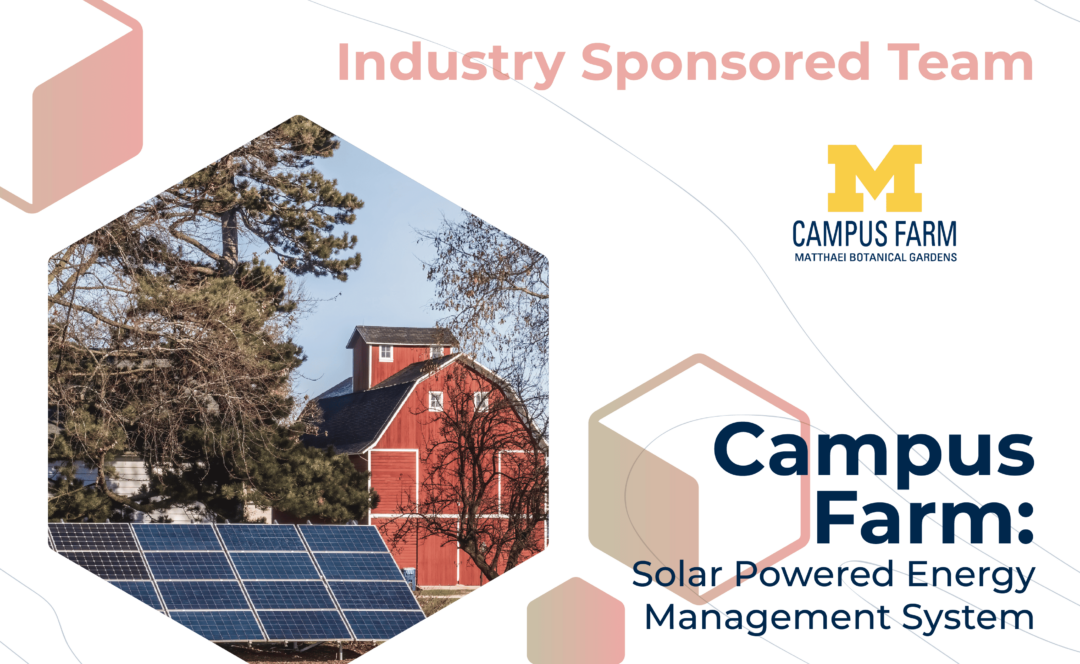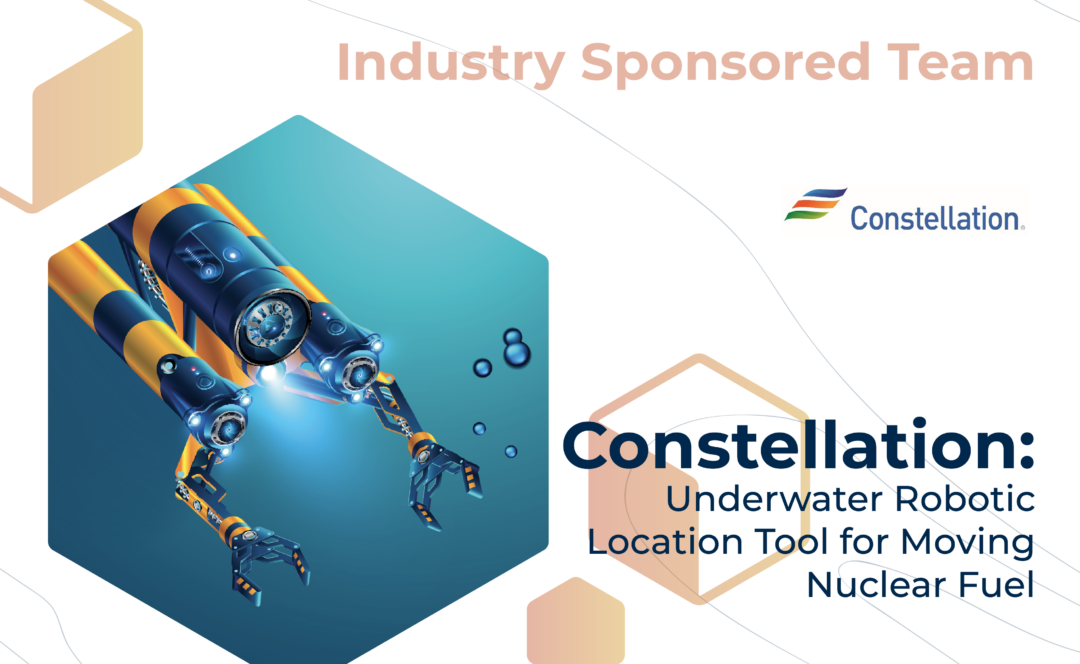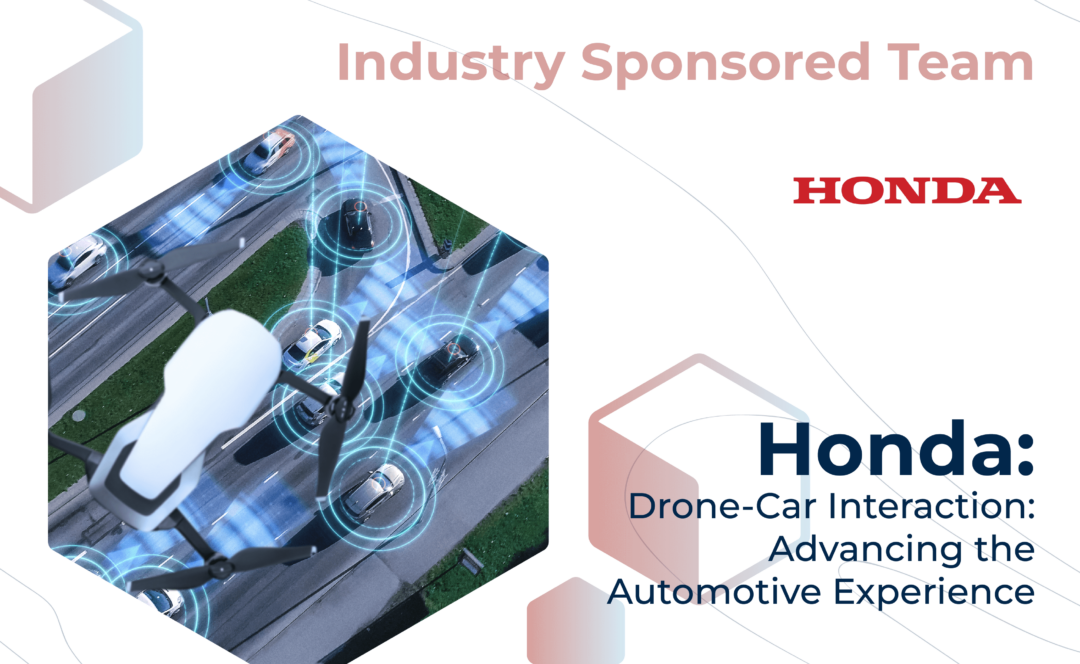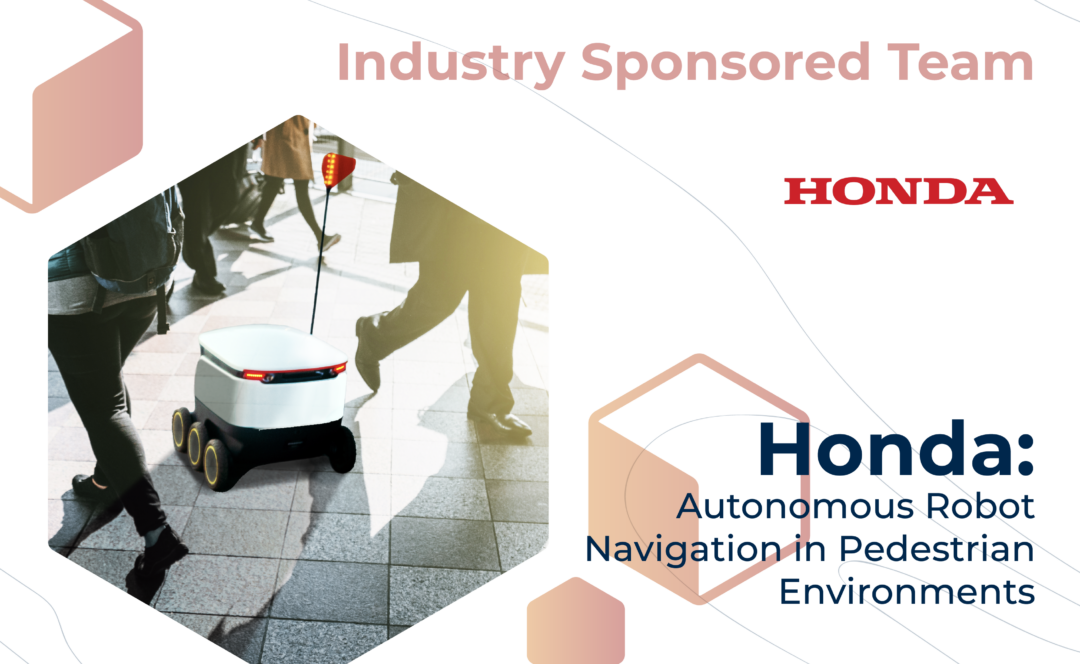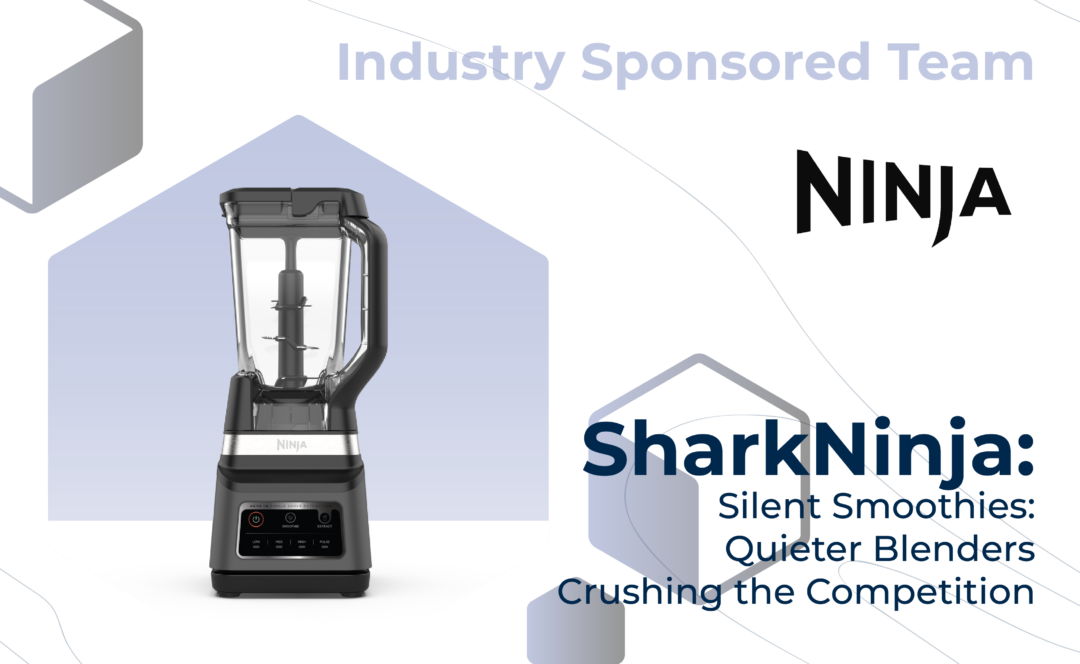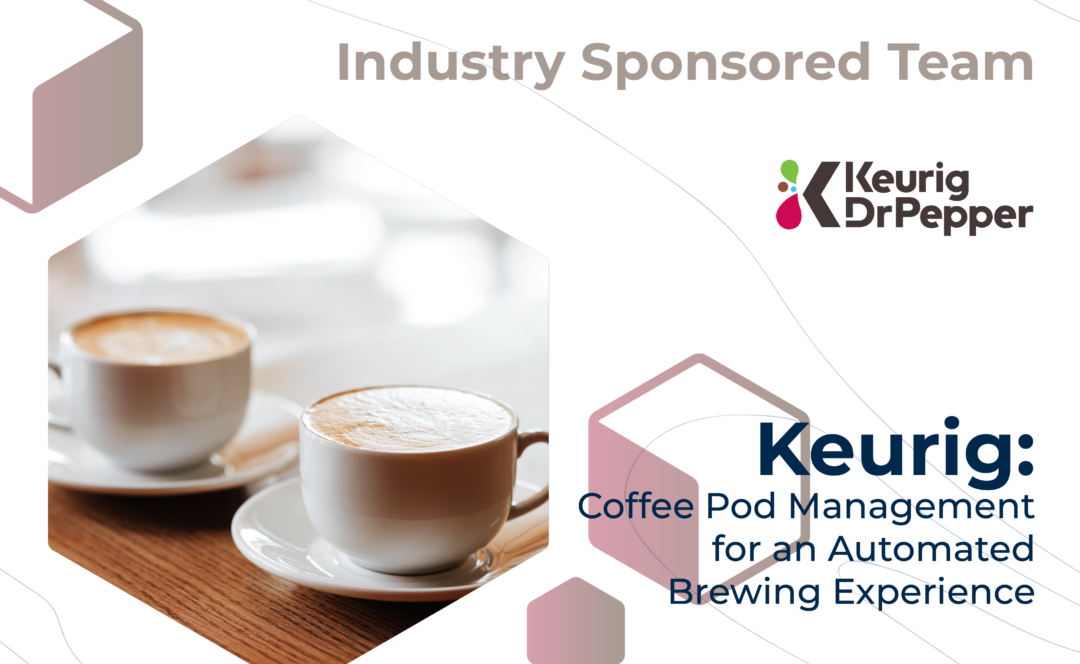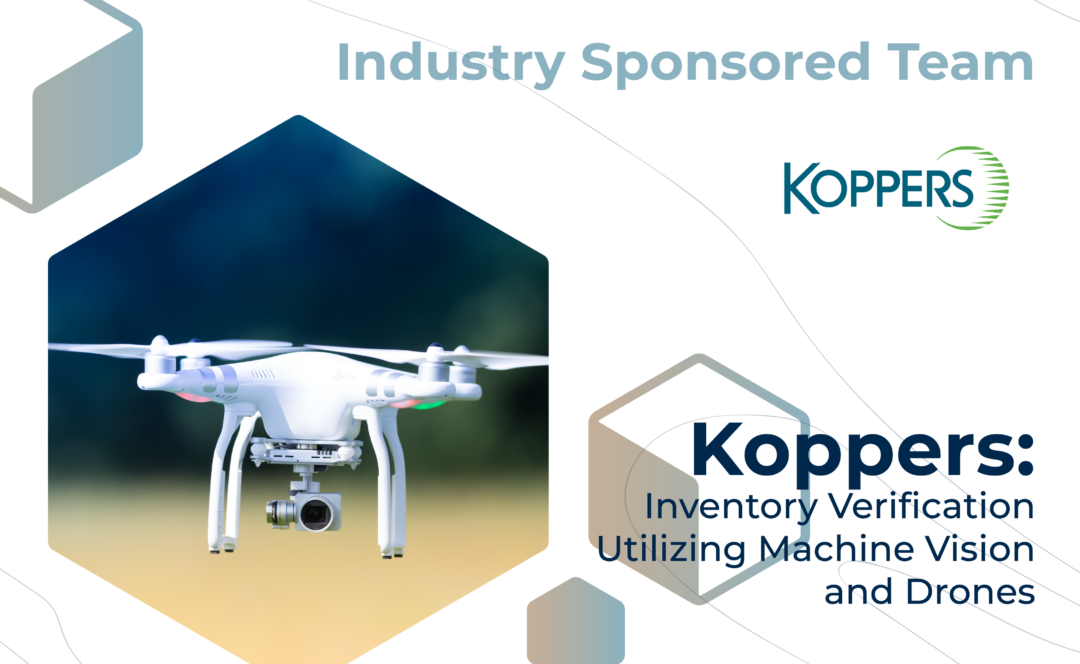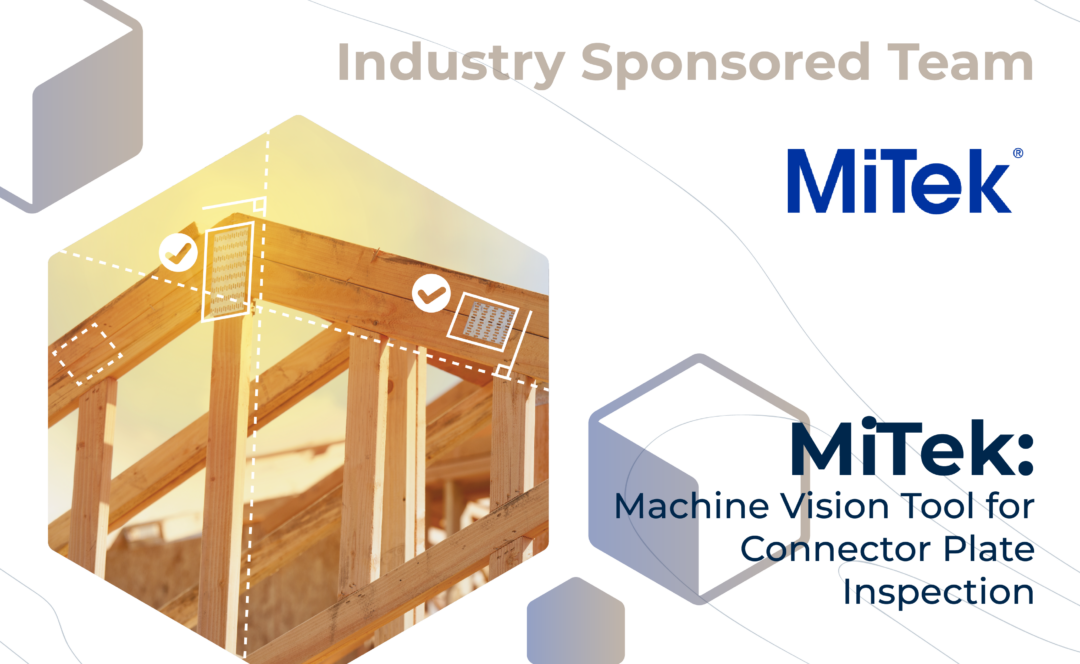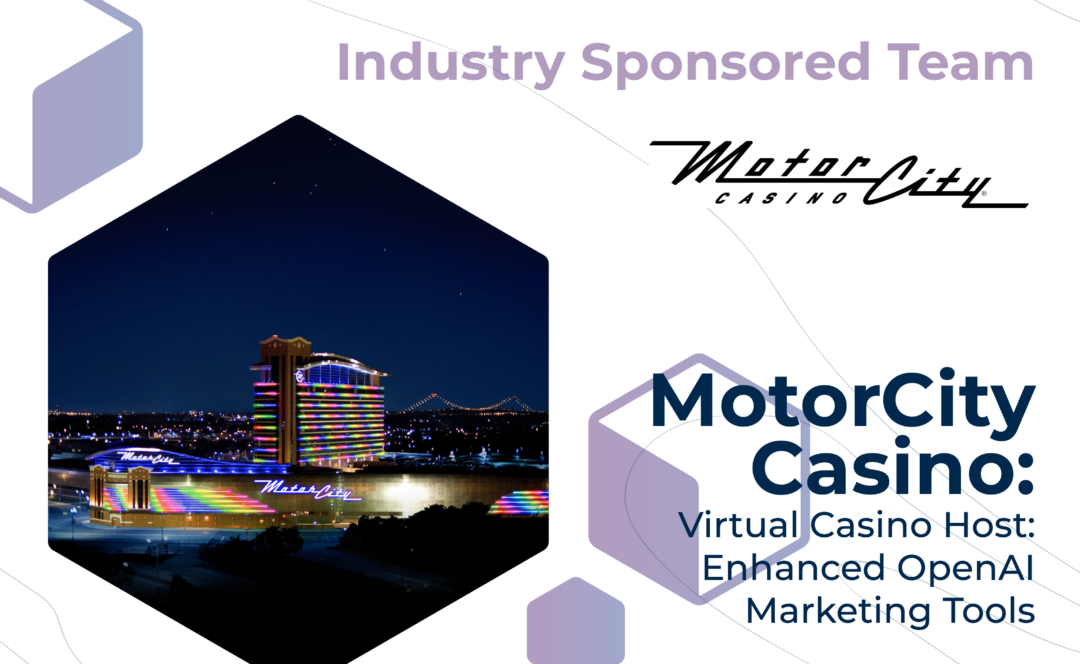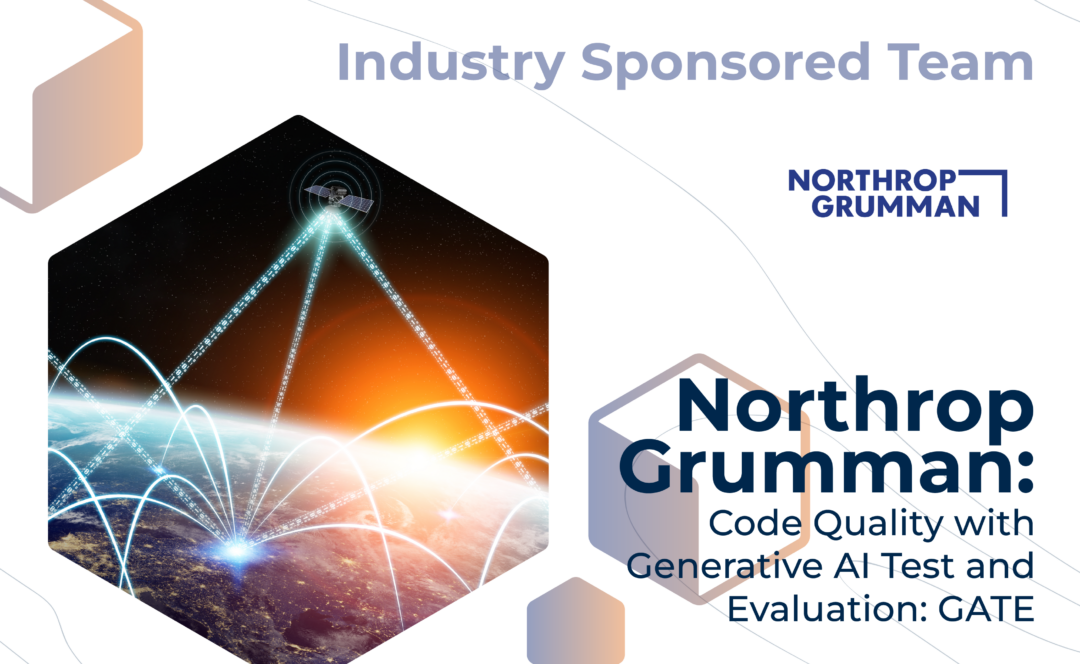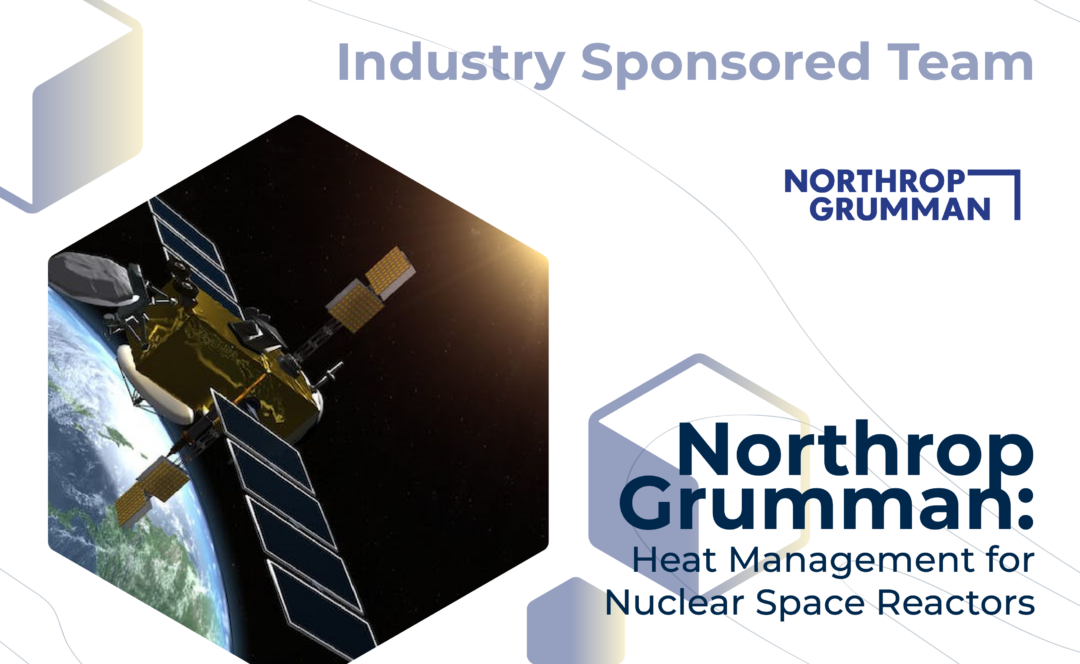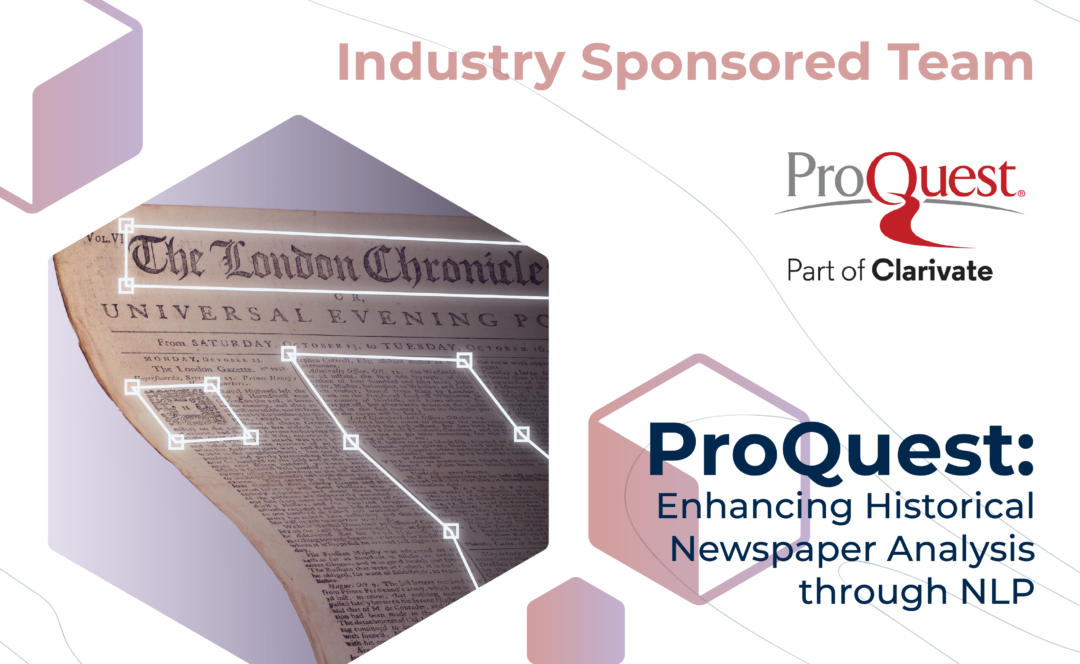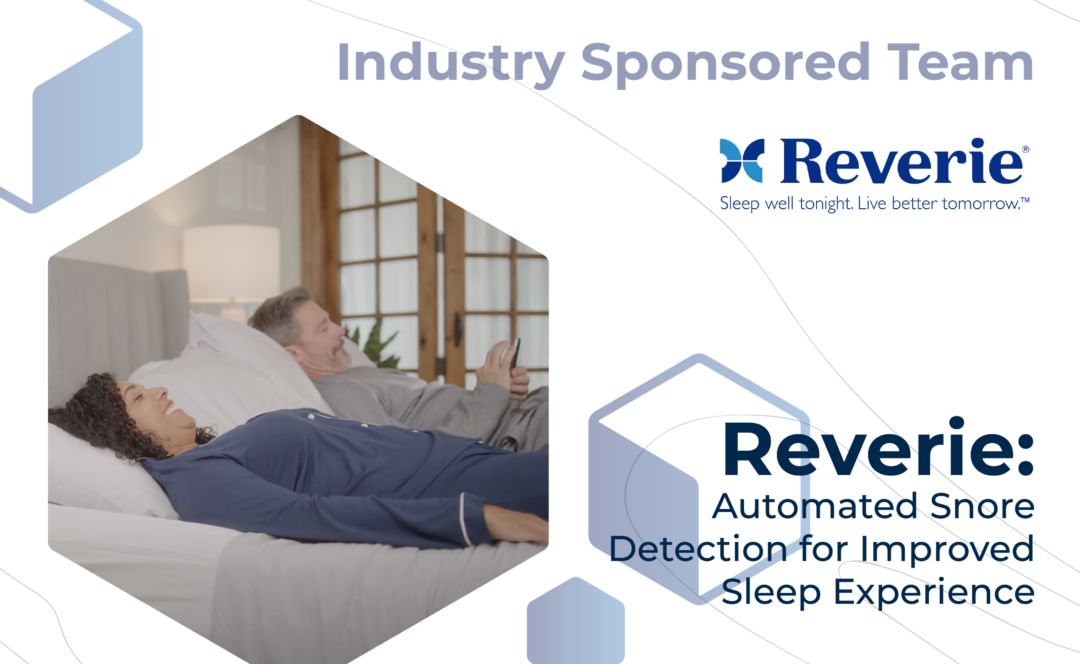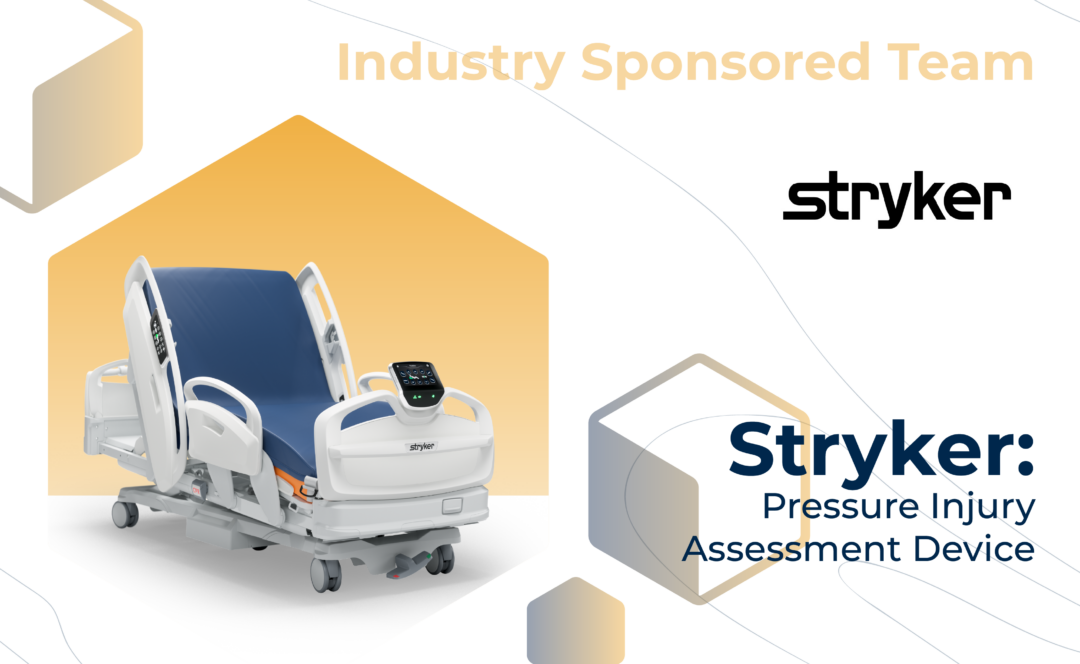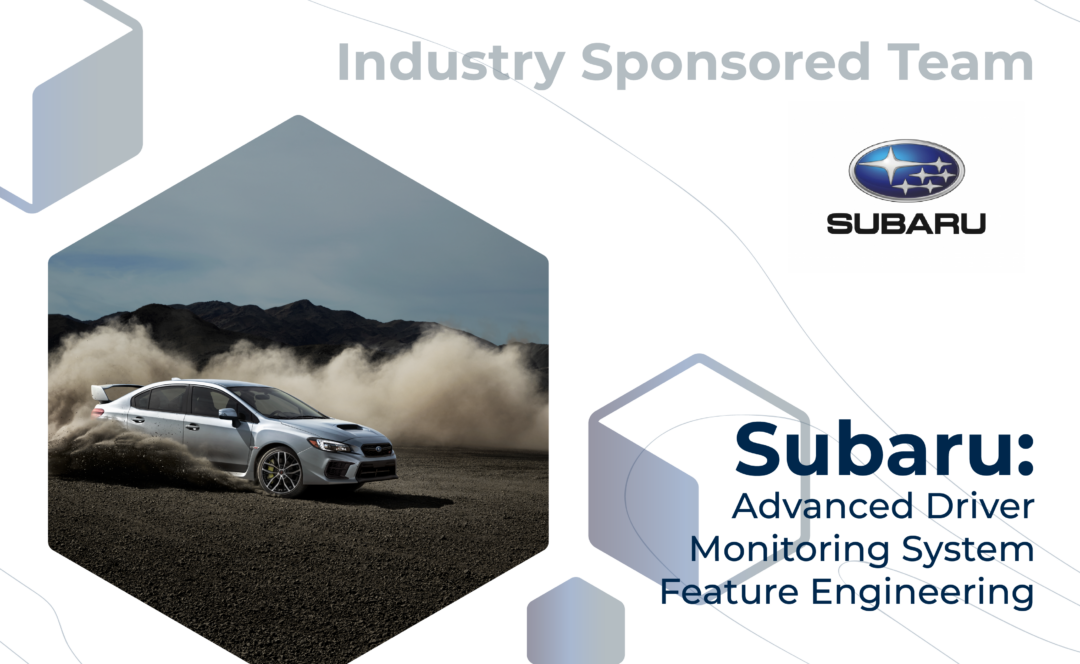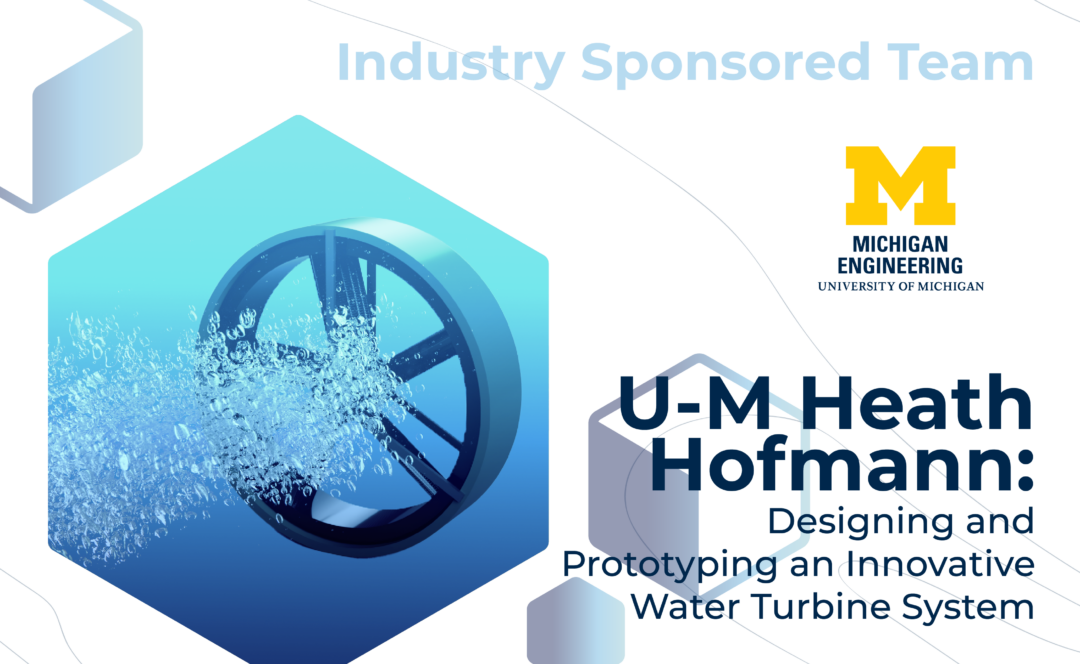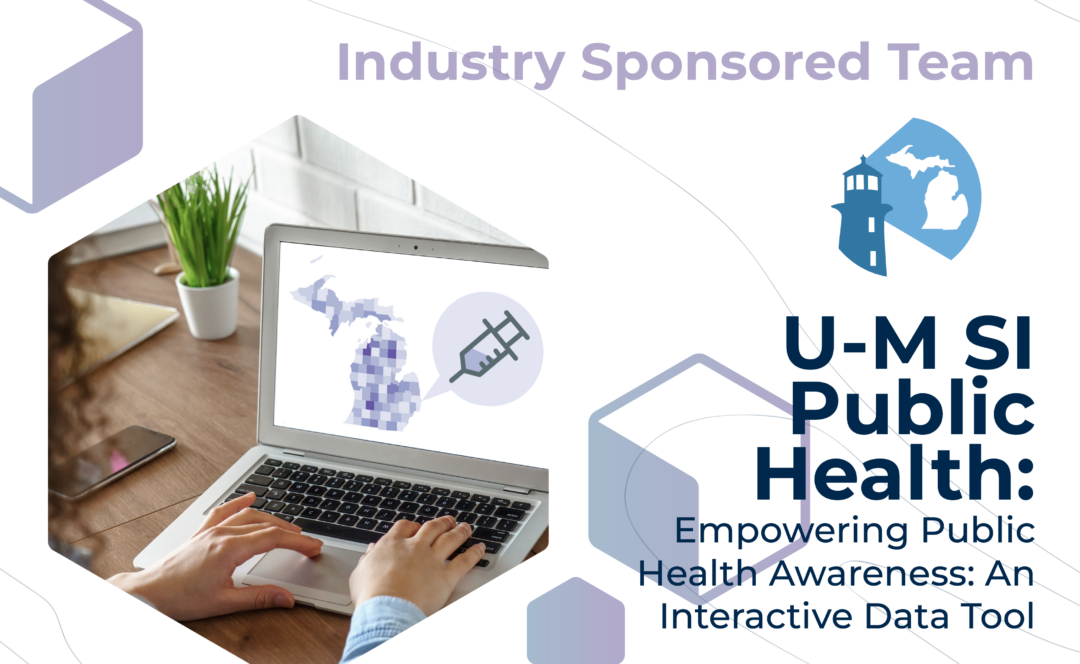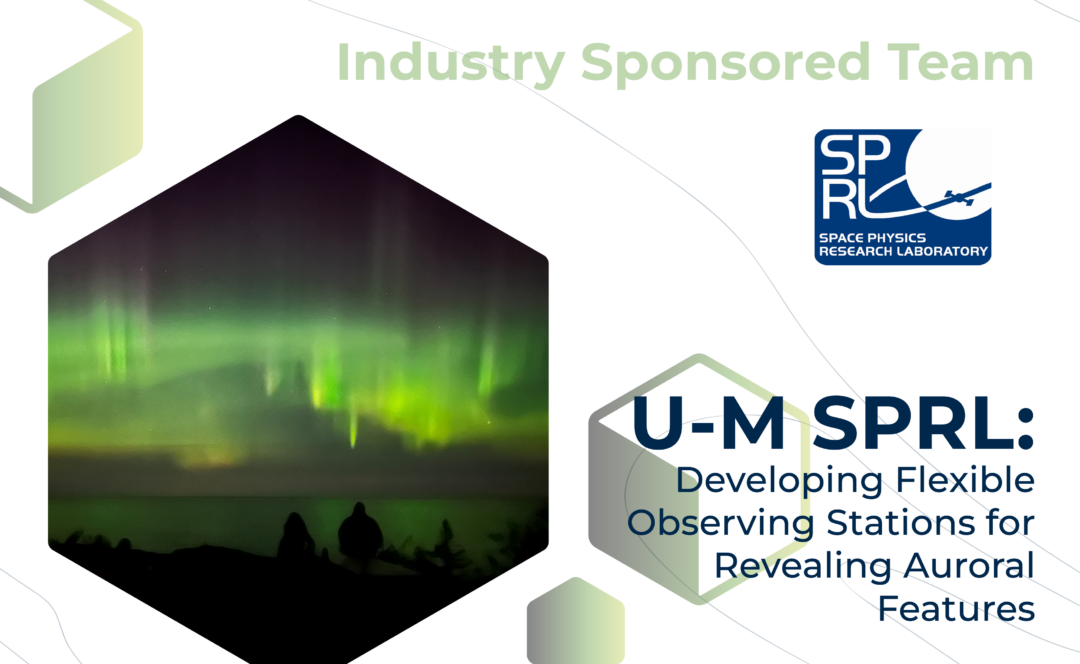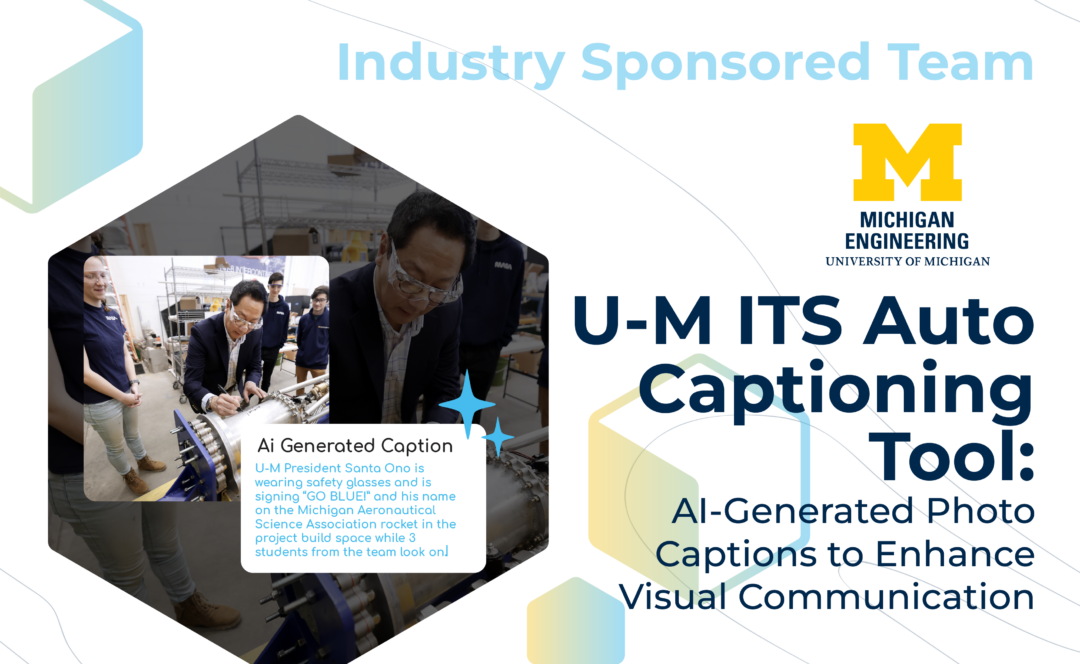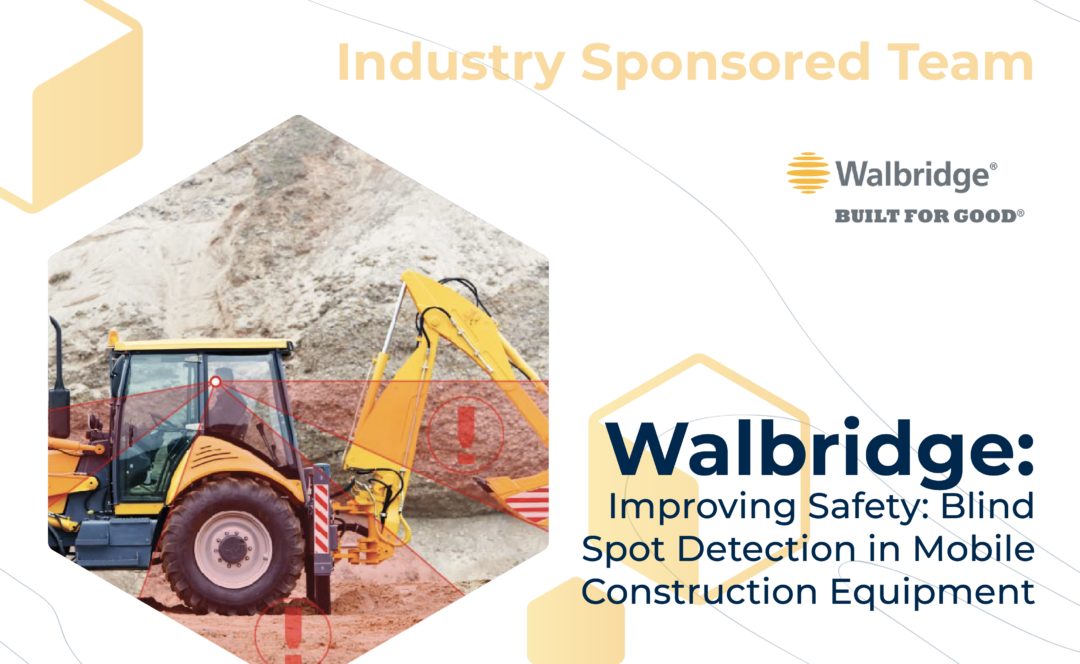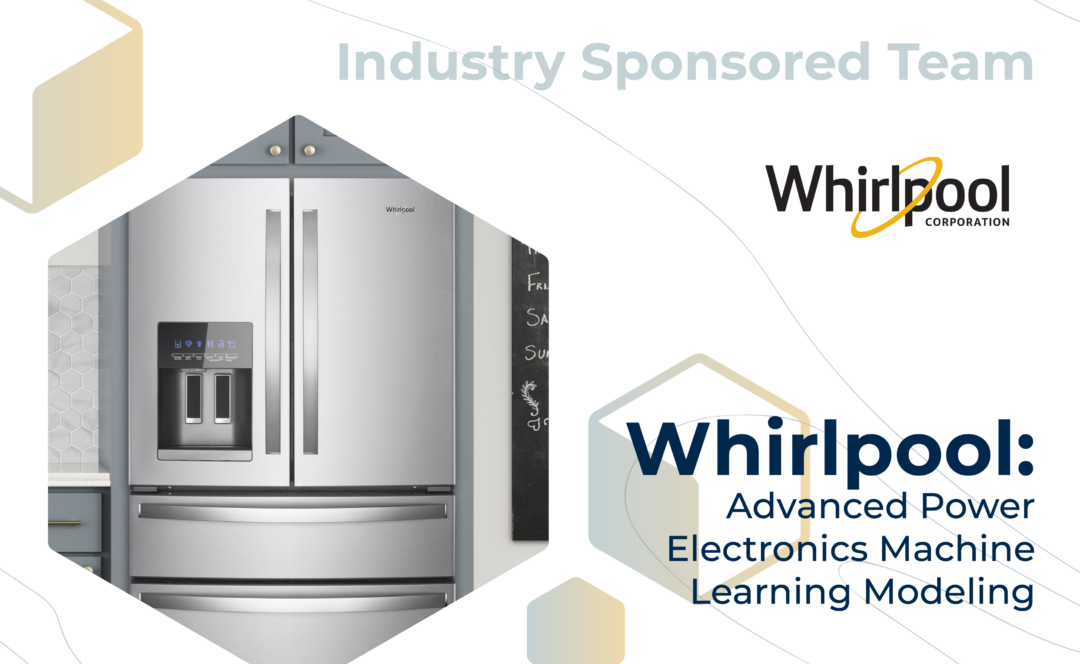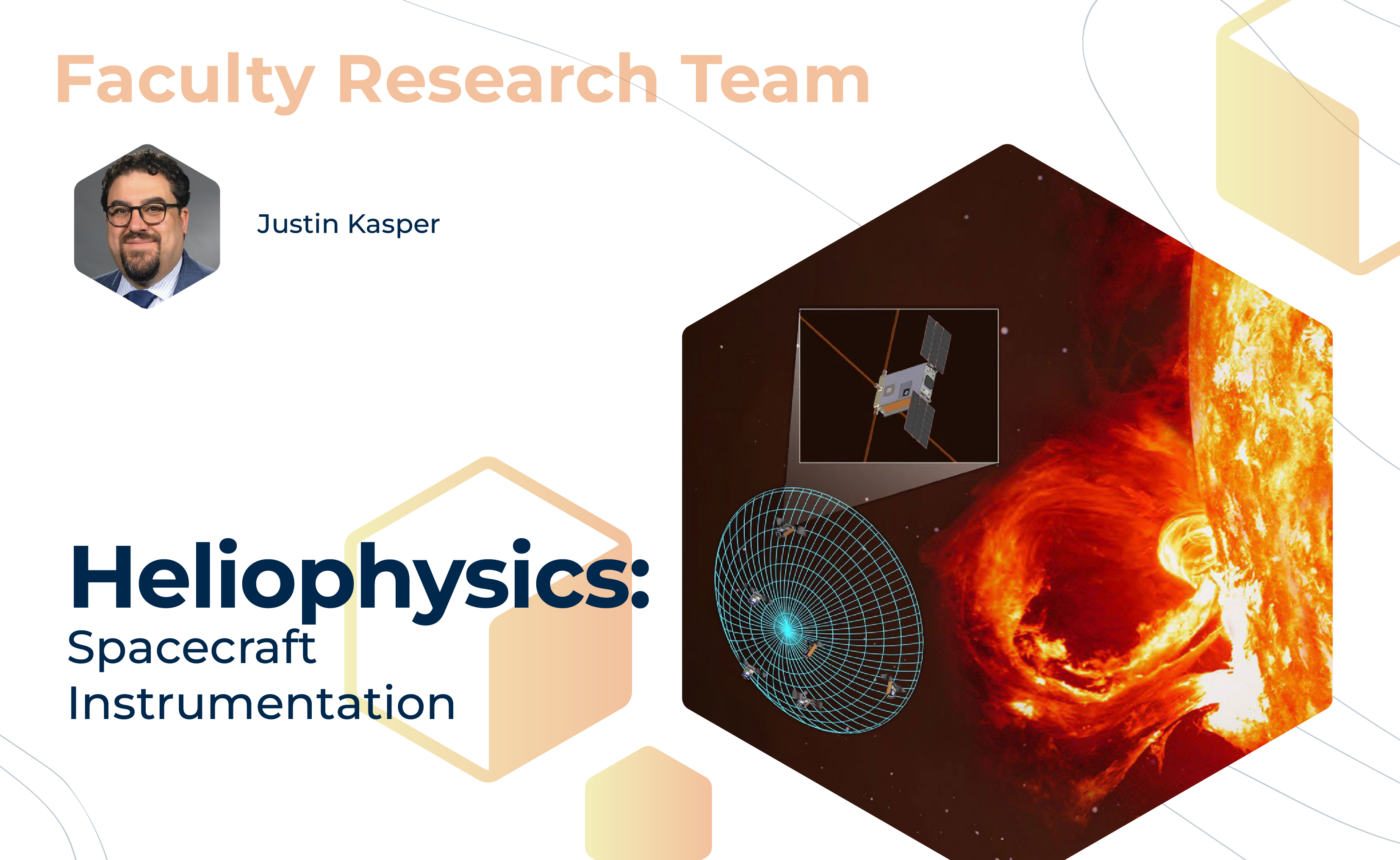– Clear
The CLUES Project uses artificial intelligence methods to index both what was said and visually presented in class sessions. Through this innovation an unprecedented data set is being created that identifies the knowledge being transmitted in college courses and allows students the ability to search for specific moments in their class sessions.
Researchers at the University of Michigan Transportation Research Institute (UMTRI) have been improving accident impact simulations by broadening the types of body sizes and shapes considered. Students will develop parametric human body models that are capable of testing wide ranges of body sizes, types, and shapes to help create better adaptive and personalized designs for human safety and mobility.
As therapies for cancer become more available world-wide, there is a need to develop screening tools to diagnose potential patients overcoming geographical and economic limitations. This faculty research team will develop software-based tools to facilitate diagnosis and interpretation of cancer image data.
The Statistics Online Computational Resource (SOCR) is an online platform including web-services and advanced methods in probability, statistics, and machine learning in the health sector. This team will develop an enhanced analysis and visualization toolbox with an emphasis on “Big Data” - very large datasets that are difficult to analyze and interpret in meaningful ways with basic probability and statistical methods.
Wireless sensor networks (WSN) are needed for studying Earth’s climate and for real time monitoring of the spread of viruses or pathogens such as those related to Covid-19. The Mapleseed team aims to develop miniaturized robotic vehicles (e.g., microdrones, mini-airplanes, and rovers) capable of carrying various sensors and automatically measuring certain atmospheric parameters and particle/virus concentrations in targeted spaces.
Aptiv is working towards a realistic “Virtual Driving Simulation” to enhance the verification of Advanced Driver Assistance Systems (ADAS) in various scenarios, including corner cases. Students on the Aptiv team will work with existing real-world vehicle data and develop models to replicate sensor (radar and camera) performance in various environmental conditions, providing realistic sensor outputs that drive the behavior of downstream algorithms.
ASML manufactures complex lithography systems critical to the production of microchips, which use high-acceleration linear stages to accomplish incredibly precise tasks. Students on the ASML team will study the dynamics of rolling loops of wires and hoses on these systems, conducting research to develop a simulation of their dynamic behavior, and build a physical test rig to directly measure the resulting motion profiles.
The UofM Campus Farm has a goal of reaching carbon neutrality for all emissions generated and electricity used on-site by 2026. Students on this team will support this goal by developing and implementing an energy management system that allows for a solar-powered produce cooler and EV delivery van to operate as a combined system minimizing or eliminating the need for grid power in the farm’s produce storage and delivery systems.
Every year, Constellation Generation moves thousands of nuclear fuel bundles safely in and out of reactor cores in a challenging underwater environment, which is heavily dependent on humans to ensure reliability. Students on this team will aim to eliminate the human element of this critical task, by adapting a robotic tool for underwater nuclear use, reducing the risk of an error.
Honda envisions a future where unmanned aerial vehicles (drones) work in tandem with cars on the road. Students on this team will build on previous path-planning research, developing and testing various use cases for drones to enhance the automotive driving experience, such as increasing the perception range of automobiles by sensing areas, and streaming data back to the autonomous vehicle.
As the presence of robots in our every day life continues to increase, it will be critical to ensure that they can safely and efficiently interact with humans in an uncontrolled environment. Students on the Honda project will develop algorithms to find feasible, collision-free paths for a Clearpath Jackal robot with a Zed2 camera operating in a crowd of pedestrians.
JPMorgan Chase is the largest bank in the United States, and processes commercial loans in local markets across the country. Students on this team will implement predictive analytics to develop models that forecast important aspects of the business process within the commercial loan division, with a focus on utilizing large language models, and identifying extreme events within a very large and complex data environment.
Keurig Dr Pepper (KDP) markets the number one single-serve coffee brewing system in the United States. Students on the Keurig team will design and prototype an automatic pod feeder and disposal compartment to be integrated into a Keurig coffee machine, supporting a fully-automated coffee brewing experience.
Koppers is one of the leading producers of railroad ties in North America, which is a product that is stored in large outdoor stacks, that makes inventory time-consuming and difficult. The students will develop an autonomous drone-based camera system to determine the amount of a particular product available within inventory stored in an outdoor, multi-acre site.
The MiTek® Automation Technical Development organization is responsible for creating new and improving existing tools that support factory-based component manufacturing for single and multi-family construction. Students on this team will aim to develop a proof-of-concept automated inspection system to ensure that truss components meet all quality inspection criteria.
This project seeks to leap an order of magnitude forward in the domain of software code quality via automated testing. Students on this team will employ Generative AI trained on domain-relevant tests, and continuously educated based on user selection or rejection of generated output, to continuously create system, interface, and unit tests for a complex system.
The future of long-range space exploration will require on-board nuclear space reactor power, which generates a significant amount of heat. Students on the Northrop Grumman nuclear team will study and design efficient and deployable heat-mitigation devices, enabling long-range human missions, and unlocking the full potential of advanced power and propulsion systems.
Historical newspapers are some of the richest, longitudinal sociological data sources available, going back more than 250 years. Accessing content from older sources digitally is challenging. Students on the ProQuest team will use large language models and other ML techniques to develop a proof-of-concept system for reconstructing individual articles from full-page newspaper images.
Students on the Reverie team will design and develop a sound detection and integration feature that accurately identifies snoring and automatically sends a signal to the bed to perform actions to mitigate snoring, cater to individual preferences, and improve sleep comfort for those that have trouble falling asleep.
Accurate and timely assessment of a critically ill patient’s skin is extremely important in preventing pressure injuries from occurring or worsening, and monitoring treatment effectiveness. Students on the Stryker team will design and prototype a device(s) that allow a nurse to access key areas of a patient’s skin with minimal movement of the patient, and minimal effort by the nurse.
Subaru wants to implement advanced AI functionality in their Driver Monitoring System (DMS), leveraging passive IR (infrared) research. Students will develop advanced IR sensor applications for driver monitoring and consumer convenience that will be deployed in our prototype WRX, which is actively being displayed throughout the US at various auto shows, racetracks, and extraneous events.
University of Michigan electrical engineering professor Heath Hofmann developed a novel electrical generator for water turbines that needs an equally novel water turbine design to evaluate its performance. Students on this team will design and prototype a novel renewable energy system, focusing on efficiency, durability, and overall performance.
The U-M Space Physics Research Lab is in the early stages of developing a ground-based observational platform for auroral and space plasma phenomena. Students on this team will design and create a multi-instrument observation platform, supporting space weather sensors, for observing upper atmosphere and space phenomena, including the aurora, to be deployed at the University of Michigan’s Peach Mountain observatory.
Photo captions provide context to images, facilitate better communication, and increase accessibility. The student team will use Azure machine learning services, in addition to student developed functions, to build a tool including an API that is capable of creating image captions when given an image input.
Walbridge construction company makes jobsite safety a top priority on all their projects, including their two active jobs on U-M’s North Campus. Students on the Walbridge team will develop a Proximity Warning Alert System (PWAS) that detects people, rather than objects, in the blind spots of mobile construction equipment.
The Heliophysics team is designing a ground radio prototype and data analysis pipeline to detect radio bursts from extreme space weather in collaboration with NASA’s SunRISE mission, which will send up a space-based array composed of 6 small satellites to Earth orbit to image the lowest frequency radio bursts for the first time.

